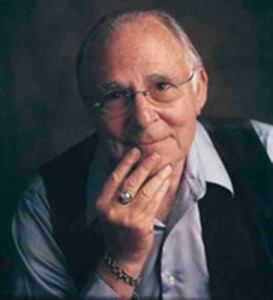
| Born: Feb 15, 1934 in Washington, D.C. |
| Nationality: American |
| Fields: Psychology |
| Famous For: Facial expressions and emotions |
Paul Ekman is a popular American psychologist who is also a pioneer in the study of emotions and their relation to facial expressions. Paul was ranked 59th out of top 100 psychologists of the 20th century.
Early Life
Paul was born in 1934 in Washington D.C. He was born to Jewish parents and grew up in New Jersey, Oregon, and California. His dad was a pediatrician and his mom was an attorney. At first, he wanted to be a psychotherapist, but when he turned 14, his mother fell ill.
His mother developed a severe mental illness which resulted in tragic consequences. Ekman therefore decided to spend his life helping people who were like his mom. At 15 years old and without graduating from high school, he joined the University of Chicago where he completed three years of undergraduate study. After this, he studied one more year at New York University where he earned his BA in 1954.
During his stay in Chicago, Paul Ekman was fascinated by therapy sessions and understanding group dynamics. In 1958, he received his Ph.D. in clinical psychology from Adelphi University. After one year of internship, he joined the army and served as a psychologist.
Early Career
Paul received his very first research grant from National Institute of Mental Health in 1963 to do research on nonverbal behavior. The award was continuously renewed for the next 40 years and it paid his salary. In 1972, he was offered a professorship at the University of California in San Francisco. In 1985, he published his book Telling Lies.
Contributions to Psychology
Paul’s interest in nonverbal communication led to his very first publication in 1957. In this book, he describes how challenging it was to develop a method for measuring nonverbal behavior. Paul later focused on creating techniques for measuring nonverbal communication.
He found that facial muscular movements involved in facial expressions could be identified through empirical research. Paul also discovered that human beings are capable of making more than 10,000 facial expressions with only 3,000 of them that are relevant to emotions.
More Work on Emotions
After a series of studies, Paul found some facial expressions to be universal. Some of these expressions include anger, fear, disgust, happiness, surprise and sadness. Although findings on contempt were not very clear, there is at least some evidence that this emotion and its expressions are recognized universally.
In the 1990s, Paul described more on his list of basic emotions, including rage and other negative emotions. The newly included emotions included contempt, amusement, contentment, excitement, embarrassment, guilt, pride, relief and shame.
Paul Ekman also contributed to the studies about lying. He tried to explain why we lie and why we are often unconcerned with detecting lies. After a test that was conducted amongst 20,000 people from all walks of life, he found that only 50 people could detect lies without any formal training.
Paul is currently working with a computer researcher on designing a visual lie-detector. His works on lies have inspired the television series, Lie to Me. In his profession, he sometimes uses oral signs of lying.
Ekman’s Publications
Paul Ekman has helped publish many books such as Unmasking the Face, Emotional Awareness, Telling Lies, Nature of Emotion, What the Face Reveals, Face of Hand, Why Kids Lie and Emotion in the Human Face.